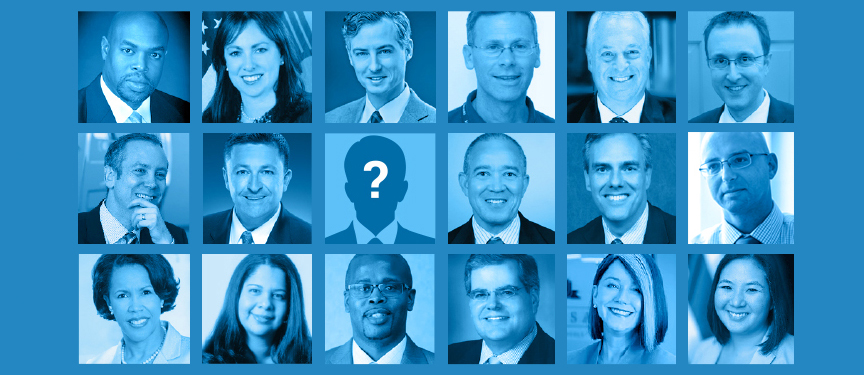
SUBSCRIBE
TO MONTHLY UPDATES
We'll send you information that
will keep you up to date on CFC

By Mike Magee | CEO, Chiefs for Change
A little-noticed provision in the new Every Student Succeeds Act (ESSA) allows states to set aside funding to help schools create new programs for underserved students and to expand choices for students and parents.
Could this be a fund that traditional public schools can use to offer more programming to more students?
And could it help close some of the access gap between urban and rural districts, with their socio-economic challenges, and more affluent suburban districts?
At Chiefs for Change, we think so.
The provision allows states to use up to 3 percent of their federal Title I funding to help districts create innovative new programs for underserved students. States opting into this program for what’s known as Direct Student Services (DSS) can develop a grant process to award the funds.
That 3 percent means as much as $425 million can be available annually for school districts to develop new, innovative ways to provide students in struggling schools a range of additional academic opportunities not available right now.
DSS programs can change the whole dynamic of a school system, giving students in our highest need schools more access to opportunities to succeed.
The provision could allow parents to choose from a wide variety of services for their children, such as access to online courses not otherwise available, credit recovery programs for at-risk students, and programs that focus on personalized learning.
HOW IT WORKS
To access the funding, states, in consultation with local school districts, will likely develop a competitive process for districts to submit plans for innovative DSS programs.
Once the grants have been awarded, parents will be able to choose which direct student services they want for their child. From a struggling student who needs tutoring and personalized learning to a gifted student without access to Advanced Placement courses, the new initiative under ESSA could help hundreds of thousands of students across the nation.
It gives states the ability to set meaningful, performance-based criteria for programs, ensure coordination, and leverage broader state initiatives. Some states are already expanding these kinds of options as a way to improve student academic achievement.
In Louisiana, students have been using the state’s Course Access program since 2013. From Advanced Placement courses to career and technical education, students can choose from a simple online catalog of in-person, online and blended courses. The program has increased course enrollment by 700 percent since 2014.
CLOSING THE GAP
Dedicating 3 percent of Title I funds creates an excellent opportunity for districts to bring more innovation and more choice to struggling districts.
It’s a chance for states to unleash the power of creative educators and develop programs their students may have otherwise never been able to access.
It will take a lot of cooperation between states and their local districts.
But for parents and children all across the nation, especially those in struggling schools, it means more choices and a better chance of success. And for states looking to implement DSS, Chiefs for Change has developed a policy brief to help them navigate the process.
Granted, $425 million a year isn’t going to turn around every struggling district.
But it will help a great many schools create new tutoring programs or Advanced Placement classes, or devise new ways to use technology. These are all “table stakes” that students and parents in other districts take for granted.
We sometimes hear complaints that school choice is only available to “a chosen few.” DSS gives our traditional systems the opportunity to dramatically expand choice on their own in ways that all students can access.
Imagine the smile on a student’s face when she sees her acceptance letter from a college that once was only a “reach school,” and the anxiety lifted from her father’s shoulders when he knows she’s on her way to a brighter future. Or the relief on the face of a student who has climbed his mountain of unearned credits and knows he will soon hold his diploma in his hands.
Choice is really about empowering students and helping them reach their full potential. This is an opportunity to do just that.